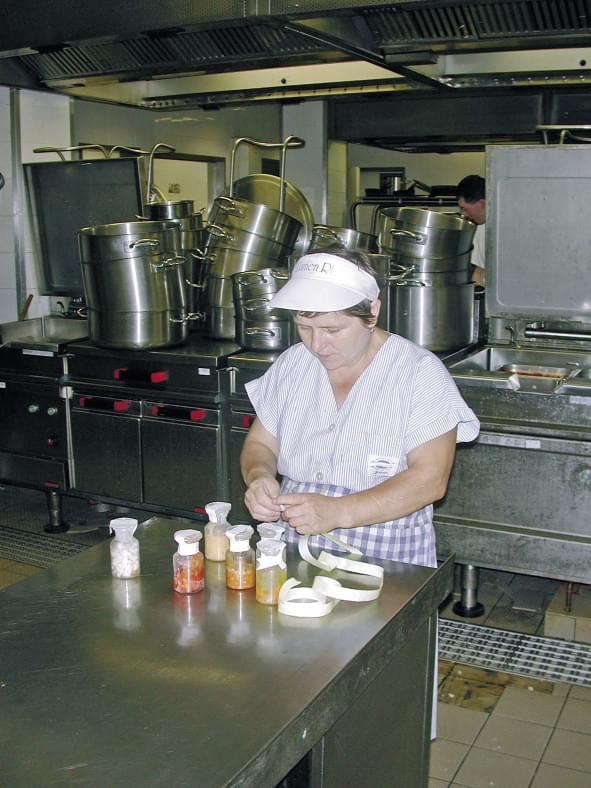Magazine: Their daily bread – part 2
The most important development last year was the publication of the dietary health recommendations by the Medical Officer Service for public catering service providers. Examination results and international data both justify what has been defined in the recommendations. It has also been made clear that there is no direct correlation between the level of state contribution and the making of healthy food: in many cases ‘poorer’ institutions serve healthier meals. The recommendations represent a truly 21st-century perspective. In different parts of the country the standards of public catering are vastly different. That municipalities, schools and other bodies that use public catering can now rely on the new recommendations to select the most reasonable service – even if it means casting their votes on not the best but the least bad service.
Related news
Related news
Fiatalok az agrár-élelmezési szektorban a FAO kutatása szerint
The Food and Agriculture Organization of the United Nations (FAO)…
Read more >More and more people are choosing Lake Balaton instead of Croatia this year – but caterers can’t sit back
Although the 2025 summer season at Lake Balaton promises strong…
Read more >Hotels for sustainability
According to estimates, hotels are responsible for 10% of food…
Read more >




